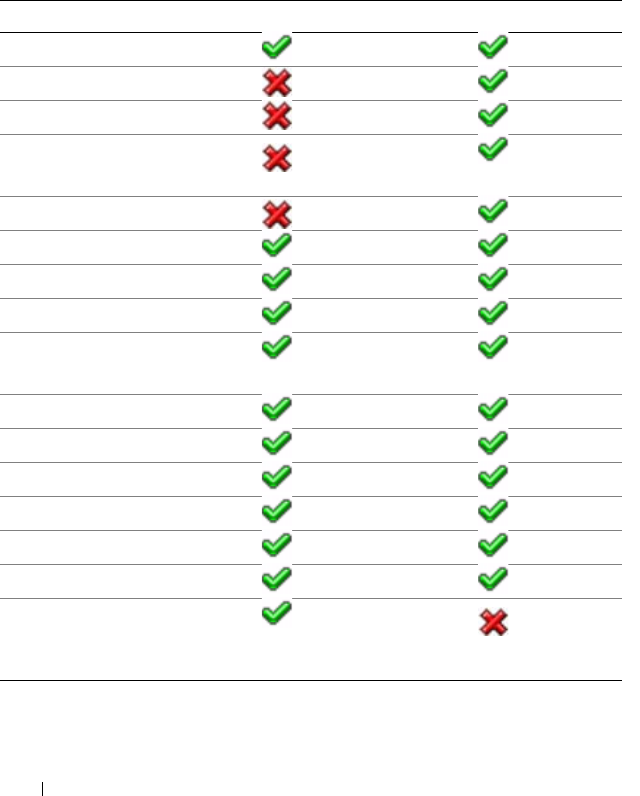Users Guide
Table Of Contents
- Introduction
- Setup and Administration
- Security Management
- Assigning User Privileges
- Disabling Guest and Anonymous Accounts in Supported Windows Operating Systems
- Configuring the SNMP Agent
- Configuring the SNMP Agent for Systems Running Supported Windows Operating Systems
- Configuring the SNMP Agent on Systems Running Supported Red Hat Enterprise Linux
- Configuring the SNMP Agent on Systems Running Supported SUSE Linux Enterprise Server
- Configuring the SNMP Agent on Systems Running Supported VMware ESX 4.X Operating Systems to Proxy VMware MIBs
- Configuring the SNMP Agent on Systems Running Supported VMware ESXi 4.X Operating Systems
- Firewall Configuration on Systems Running Supported Red Hat Enterprise Linux Operating Systems and SUSE Linux Enterprise Server
- Using Server Administrator
- Server Administrator Services
- Working With Remote Access Controller
- Overview
- Viewing Basic Information
- Configuring the Remote Access Device to use a LAN Connection
- Configuring the Remote Access Device to use a Serial Port Connection
- Configuring the Remote Access Device to use a Serial Over LAN Connection
- Additional Configuration for iDRAC
- Configuring Remote Access Device Users
- Setting Platform Event Filter Alerts
- Server Administrator Logs
- Setting Alert Actions
- Setting Alert Actions for Systems Running Supported Red Hat Enterprise Linux and SUSE Linux Enterprise Server Operating Systems
- Setting Alert Actions in Microsoft Windows Server 2003 and Windows Server 2008
- Setting Alert Action Execute Application in Windows Server 2008
- BMC/iDRAC Platform Events Filter Alert Messages
- Understanding Service Names
- Troubleshooting
- Frequently Asked Questions
- Index

52 Using Server Administrator
Server Administrator User Interface Differences Across Modular and
Non-Modular Systems
Table 3-2 lists the availability of Server Administrator features across modular
and non-modular systems. A tick mark indicates availability, while a crossout
indicates non-availability of the feature.
Table 3-2. Server Administrator User Interface Differences Across Modular and Non-
Modular Systems
Features Modular System Non-Modular System
Batteries
Power Supplies
Fans
Hardware Performance
(
xx0x
system onwards)
Intrusion
Memory
Network
Ports
Power Management
(
xx0x
system onwards)
Processors
Remote Access
Removable Flash Media
Slots
Temperatures
Voltages
Modular Enclosure
(Chassis Information
and CMC Information)
book.book Page 52 Tuesday, July 6, 2010 12:01 PM










